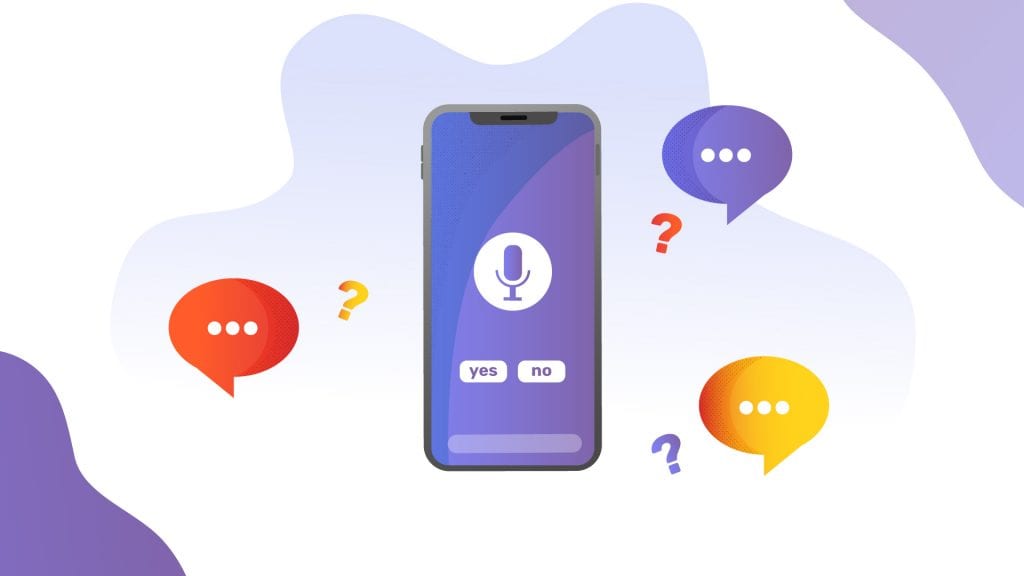5 Benefits of Using Transcription in Academic Research
Digital recordings require a painstaking amount of time to review. Here are five benefits of using transcription in academic research.

For decades, university students and researchers have relied on digital recordings — both video and audio — to document academic content. These methods of notetaking have proven beneficial, especially as they allow scholars to fully focus on the task at hand rather than on taking notes.
While nearly every academic sees the benefit in digital recordings, there’s a caveat: Digital recordings require a painstaking amount of time to review. When listeners are ready to analyze the material, they have no choice but to listen intently to capture every detail as they type furious notes and continuously rewind to double check statements.
A one-hour recording can easily take more than four hours to transcribe. That’s not an effective use of anyone’s time. Unless, of course, you’re a professional transcriptionist.
So, what can academic researchers do to ensure they are making the best use of their time? Tap into professional transcription services. Automatic transcription is great for those who are on a budget and human transcription is best for those who need accuracy. Thanks to technology, both are now incredibly accurate and affordable.
Here are five benefits of using transcription in academic research.
1. Catch every detail – the first time around
“Wait, what did that person say?”
“Back up. Who said that? Was that Subject A or Subject B?”
How many times have you watched a video or listened to an audio clip and had to rewind after missing a phrase? You listen again and still aren’t able to decipher the content quickly enough to write it all down. You rewind again.
This process is highly ineffective.
Transcription services completely eliminate the need to backtrack and replay audio/video. The transcribed texts will outline exactly who is saying what. Rather than trying to track the speakers and catch every detail, researchers can focus on their academic specialties.
2. Spend more time on the work that actually matters
Research interviews, lectures and focus groups already span hours. It takes a significant amount of time to conduct background analysis, prepare the right questions and actually collect the qualitative data.
Then, it comes time to transcribe the interviews – a process that can take more than four hours for just one hour of audio. This is a tedious, time-consuming and grueling exercise. It’s very possible for researchers to burn themselves out at this stage, and highly unnecessary. By utilizing a transcription service, researchers can focus on the specialized tasks that will actually make an impact.
3. Make content instantly actionable
When it comes to quantitative data, researchers can immediately take action once they have the research. The numbers are clearly outlined and trends can be identified. That’s not necessarily the case with qualitative data, especially when it has been recorded via digital means.
There’s a significant amount of work a researcher must do before analyzing qualitative research.
A researcher must do a significant amount of work to analyze qualitative research. That’s the benefit of academic transcription services. Access to high-quality text facilitates arriving at breakthroughs and formulating conclusions. Transcriptions lay all of the qualitative data out on the table – making it easier for researchers to identify patterns and spot anomalies.
4. Make research content accessible to everyone
Analyzing content directly from audio or video recordings might be feasible for a research team of one. But, how often does a researcher work completely alone – without someone reviewing their work or offering their guidance?
Transcriptions make research content accessible to everyone. If people on the team need assistance getting through the digital recordings, transcriptions will come in handy. Everyone will be able to fully participate and lend thorough insights to the research project.
5. Transform content into something searchable
A major component of academic research is the review process. It is crucial for the team to ensure that all of the information presented is accurate.
That can be tough to do when working solely with audio and video recordings. These files aren’t searchable, so typing in a keyword or phrase that a speaker used will not fetch the respective file.
That’s where transcriptions come in.
One research project could comprise dozens of digital audio/video files. Searching through each one to double check a specific fact is a complete headache. Transcriptions are an absolute game-changer in this regard. They give researchers the power to quickly search and pull up the content they’re seeking.
Wrap-up
Conducting an academic study requires a significant amount of time, energy and other resources. Consider making use of a transcription service to save yourself hours of tedious transcription work.
Keep reading
Subscribe to The Rev Blog
Sign up to get Rev content delivered straight to your inbox.

.webp)





